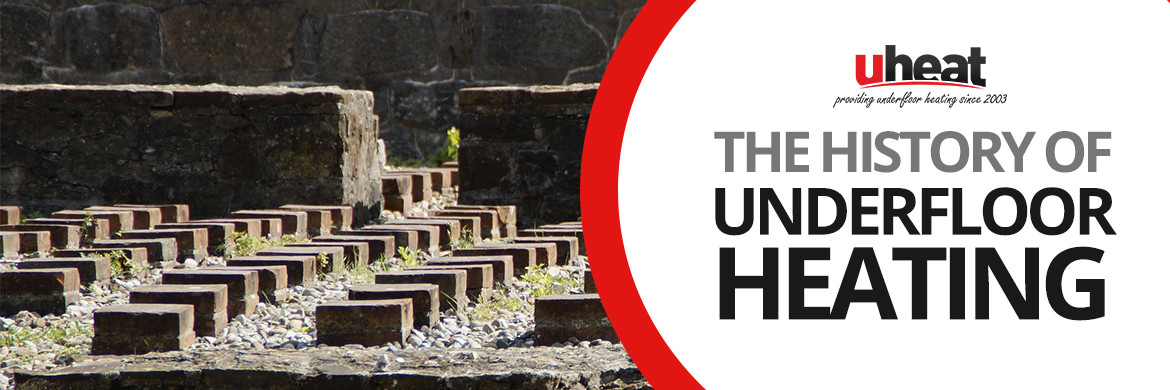The History of Underfloor Heating
24th Jun 2024
Underfloor heating, a luxury once reserved for ancient Roman villas, has become a popular and efficient heating method for modern homes. This article delves into the history of underfloor heating, from its ancient origins to its contemporary applications.
Ancient Roman Hypocaust
The concept of underfloor heating can be traced back to the Roman Empire. The Romans employed a sophisticated system known as the "hypocaust" to heat public baths and private villas. This system involved building a raised floor supported by pillars, creating a cavity beneath where hot air and smoke from a furnace could circulate. This heated air warmed both the floor and the rooms above.
Modern Underfloor Heating
Today, underfloor heating systems have evolved significantly, offering advanced features and improved energy efficiency. There are two primary types: electric and water-based.
Electric Underfloor Heating: This system uses heating cables or mats installed beneath the floor. Electricity flows through these elements, generating heat that is evenly distributed throughout the room.
Water-Based Underfloor Heating: In this system, hot water is circulated through pipes embedded in the floor. The water is heated by a boiler or heat pump, often integrated with renewable energy sources.
Why Choose Underfloor Heating?
Energy Efficiency: Modern underfloor heating systems are highly energy-efficient compared to traditional radiators. They operate at lower temperatures, providing even heat distribution and reducing energy consumption.
Comfort: Underfloor heating offers a comfortable and even heat distribution, creating a cozy atmosphere throughout the room.
Aesthetics: By eliminating visible radiators, underfloor heating enhances the aesthetic appeal of a space, allowing for more flexible interior design options.
Health Benefits: Some studies suggest that underfloor heating can improve indoor air quality and reduce allergens.
Zoning: Underfloor heating systems can be zoned to control the temperature in different areas of a building, providing flexibility and energy savings.
From the ancient Roman hypocaust to modern electric and water-based systems, underfloor heating has come a long way. Its efficiency, comfort, and aesthetic appeal make it a popular choice for homeowners seeking a luxurious and energy-efficient heating solution.

